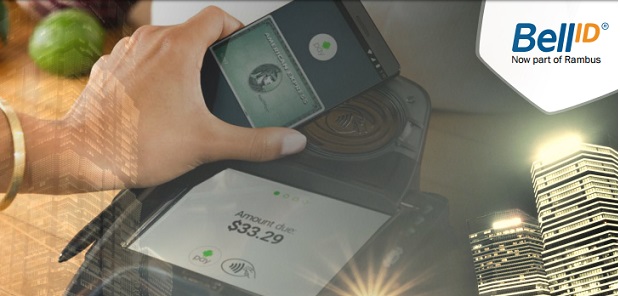
Mobile payments are becoming the new normal. After many years of debate, predictions and hype, many Android users even have more than one mobile payment option available to them. Google is rolling out Android Pay around the world, Samsung is matching it with Samsung Pay and a range of other services and solutions seem to be launched or expanded on an almost weekly basis.
For banks, though, the competition, market dynamics and options for deployment are more complicated than ever. So, what choices to they need to make and which route, or routes, to market will work best for them?
To help identify the best way to markets, the new BELL ID report called „Launching mobile payments for Android” presents the information banks need to make an informed decision on bringing Android mobile payments services to market to suit their requirements.
Banks must act now
One thing that is certain, banks are facing a new kind of threat. Payments have ‘gone mobile’ meaning issuers risk losing control of their traditional customer relationships and even being consigned to a back-end processing role. By failing to take control and act now, banks also risk losing valuable data like usage, location, frequency and drop-out rates, which can be used to enhance and shape the development of existing and future services, and even open up new revenue streams.
BankPay, OEM Pay…or both?
Many banks are already adopting a flexible strategy, combining the launch of their own ‘BankPay’ solution with support for the original equipment manufacturer payment (‘OEM Pay’) platforms. These banks can make the most of the co-branding opportunities and market recognition that the OEM solutions offer, but also maintain control over their own mobile payment services. Having a diverse portfolio of solutions, where at least one platform is directly controlled by the bank itself, is fast becoming the default strategy for banks in this rapidly changing market. Banks must be proactive if they are to successfully execute this strategy.
Deploying tokenization
Mobile payments security is another key pain point for banks. They must decide how to deploy the tokenization technology that enhances the security of the sensitive data used to make transactions. Some banks choose to outsource this activity to the payments schemes, whereas others are hosting with a trusted third party to maintain more control of the implementation. Many banks, however, have made the decision to take full control of their own tokenization activity by becoming their own token service provider (TSP).
Launching mobile payments for Android
When it comes to launching mobile payments, there’s no silver bullet. With so many options, strategic decisions and business model considerations, every deployment is different.
The overall strategy a bank chooses to pursue is entirely dependent on its own individual commercial considerations and priorities. Differing attitudes towards long term and short term costs, time to market, flexibility, scalability and security all mean that a one-size-fits-all strategy is simply not applicable. To ensure that they are not left behind, banks must identify their requirements and move quickly to implement an appropriate strategy.
In addition, there are external factors to consider. For example, the pace of global rollout suggests that OEM Pay may be still be some time away for some countries. The strategy of a bank in these areas will differ from those in countries where the OEM Pay platforms are available. With the various options on the table, due diligence and careful consideration is required and consultancy with mobile payments experts will help. What must be avoided, however, is paralysis by analysis. When it comes to mobile payments, the only questionable decision is to make no decision at all.
Banking 4.0 – „how was the experience for you”
„So many people are coming here to Bucharest, people that I see and interact on linkedin and now I get the change to meet them in person. It was like being to the Football World Cup but this was the World Cup on linkedin in payments and open banking.”
Many more interesting quotes in the video below: